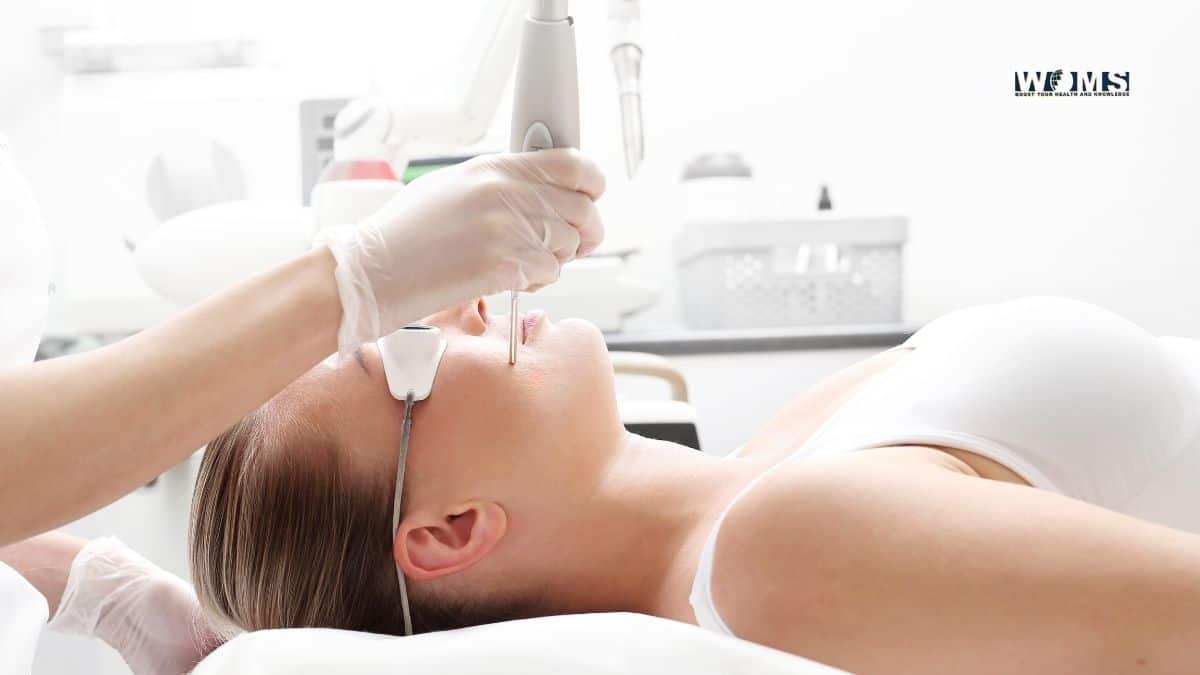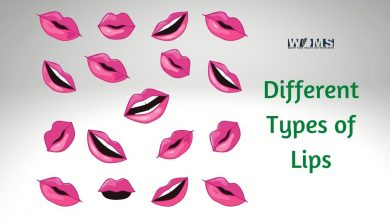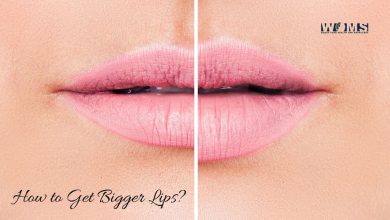A Must-Read Guide For Laser Wrinkle Reduction

Wrinkles, however prominent and embarrassing, are natural signs of ageing that everyone is bound to face sooner or later. Ageing isn’t just the sole culprit though. Lifestyle choices also have a direct impact on the skin, given that a healthy body needs good nutrition and safe skincare to stay wrinkle-free and beautiful. Common contributors include inadequate sleep, smoking, dehydration, and extreme sun exposure.
At one time, it was believed that nothing could be done to reverse wrinkles. But, thanks to technological advances, a variety of skin treatments are now available to address this dermal condition and restore a more youthful appearance. One of the most popular of these skin rejuvenation treatments is laser resurfacing for wrinkles and fine lines.
Here’s an all-inclusive review of this technology, from the cosmetic benefits to possible side effects, making it a must-read resource for anyone who wants to know more about the treatment.
What is Wrinkle Laser Treatment?
Laser wrinkle reduction, popularly known as laser resurfacing, is a cosmetic procedure that uses a powerful wavelength of light energy to deeply penetrate the tissues beneath the skin’s surface. When applied to the target area, it stimulates the production of collagen, thereby promoting cell rejuvenation and reversing the effects of time.
The deep-penetrating treatment reduces the visibility of wrinkles and fine lines by up to 45% while also improving the general texture of the skin. Undoubtedly, this technology is revolutionary, given that it’s an effective, non-invasive solution to skin ageing.
Hence, it is suitable for those who are looking for a safe, quick way to achieve smoother skin without having to wait for months or undergo a painful and expensive surgical procedure.
Why Laser Wrinkle Reduction?
At the age of 30, the collagen in the skin starts to break down, which causes it to become weak and lose its firmness over the following years, progressively. Between the ages of 40 and 50, the rate of collagen breakdown increases by as much as 50%, resulting in the development of skin wrinkles and fine lines. At that point, no amount of moisturizers or facial masks can prevent their formation.
While it may seem tempting to do away with wrinkles by opting for risky, painful, and expensive surgical procedures, laser resurfacing for wrinkles is a more considerable choice. Besides, very few would want to go under the knife when there’s a safer alternative that can deliver the same or even better results. Here are some reasons to consider laser technology:
- Increased collagen production for a more youthful appearance
- A boost in skin’s self-repair mechanism to promote healthier, smoother skin
- Ease of blow circulation in the treated area
- Improved immune response to optimum health and performance
- Less dependency on pain medication
These benefits make it more than worthwhile to choose laser resurfacing. But then, what are the steps to treatment? Let’s find out below.
Wrinkle Treatment Procedures Using Laser Resurfacing
The technique involves the application of an FDA-approved laser device, such as CO2 lasers, on the target area, which transmits photons into the dermis layer of the skin. These photons target the damaged tissue, causing a breakdown in the cell membranes. At a depth of three inches, the heat from the laser stimulates the production of collagen and elastin fibres, which gradually fill the gaps created by the initial damage.
The scarred tissue and dead skin cells are gradually shed and replaced by new, smoother and radiant skin. This procedure can even be customized to suit individual body types and needs. It is particularly effective for treating wrinkles around the eyes, mouth, and forehead areas, to list a few.
To maintain this flawless condition, a cosmetic patient is meant to maintain adequate skincare. But before delving into the post-care requirements, let’s consider what to do before treatment.
Pre-Treatment Preparation for Laser Wrinkle Reduction
An appointment should be made with a cosmetic physician to discuss the options and find out what laser resurfacing type is ideal for a patient’s needs. During this meeting, the specialist will conduct a physical examination of the targeted areas and review the client’s medical history. The dermal evaluation entails identifying underlying skin conditions, such as hyperpigmentation or melasma.
Furthermore, the cosmetic physician will do a patch test and note the skin tone and type to avoid potential adverse reactions. As a means of ensuring a successful outcome, the patient is to adhere to the following guidelines:
- Steer clear of nonsteroidal anti-inflammatory drugs, blood thinners, and herbal supplements that will interfere with the procedure
- Avoid tobacco, alcohol, and caffeine and increase water intake
- Reduce exposure to heat sources, like tanning beds, sunlight
- Discontinue waxing and other exfoliating techniques and products
- Maintain a clean-shaven face and avoid fragrances, including deodorants
Thereafter, the treatment can commence, depending on the cosmetic surgeon’s availability and cost. Other factors include:
- Treatment location
- Size of the target area
- The extent of the skin damage
Generally, laser treatment takes anywhere between 30 minutes and 2 hours. The dermal technology assures incredible results, with minimal downtime, which means that cosmetic patients can resume activities on the very same day.
Post-Treatment Care for Laser Wrinkle Reduction
Immediately after the treatment, cosmetic patients will notice the skin becoming sensitive, with reddening, tingling, and mild swelling. Nevertheless, this normal reaction subsides within a few hours. To hasten the healing process, it is recommended that patients apply a cold compress to reduce the swelling. And yes, it may sound counter-intuitive, but avoid rubbing the area for a while.
Lotions and make-up products are a no-no! Rather, use mild hypoallergenic cleansers. The physician will prescribe antibiotics to prevent any infections. A special moisturizing cream may also be recommended to address treated areas. The cosmetic surgeon will recommend using sunscreen to keep the skin protected from harmful UV rays. In fact, it’s a good idea to invest in an SPF moisturizer.
Conclusion
Laser resurfacing is a revolutionary treatment, which uses a non-invasive solution to improve skin health. This non-surgical technology has garnered more interest globally in recent years due to its efficiency and convenience. Plus, there’s no need to compromise on comfort and safety. As such, the future of cosmetic medicine looks very promising indeed.




